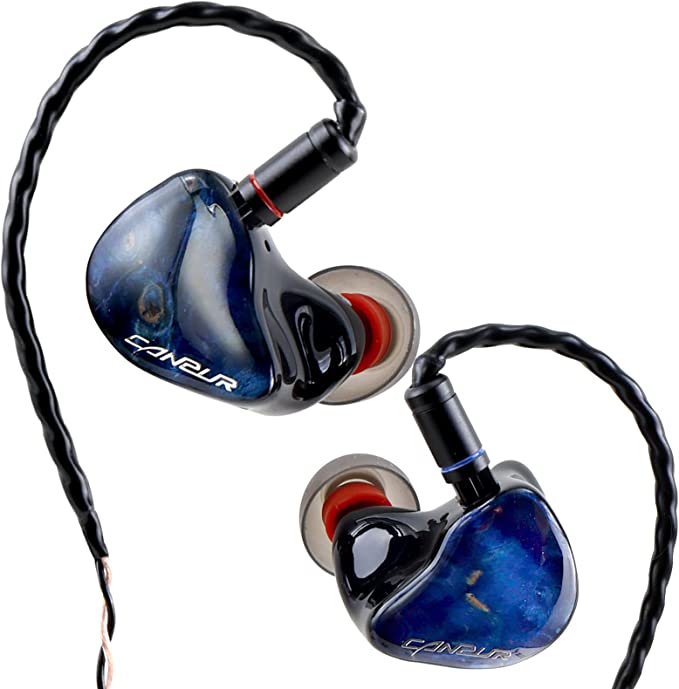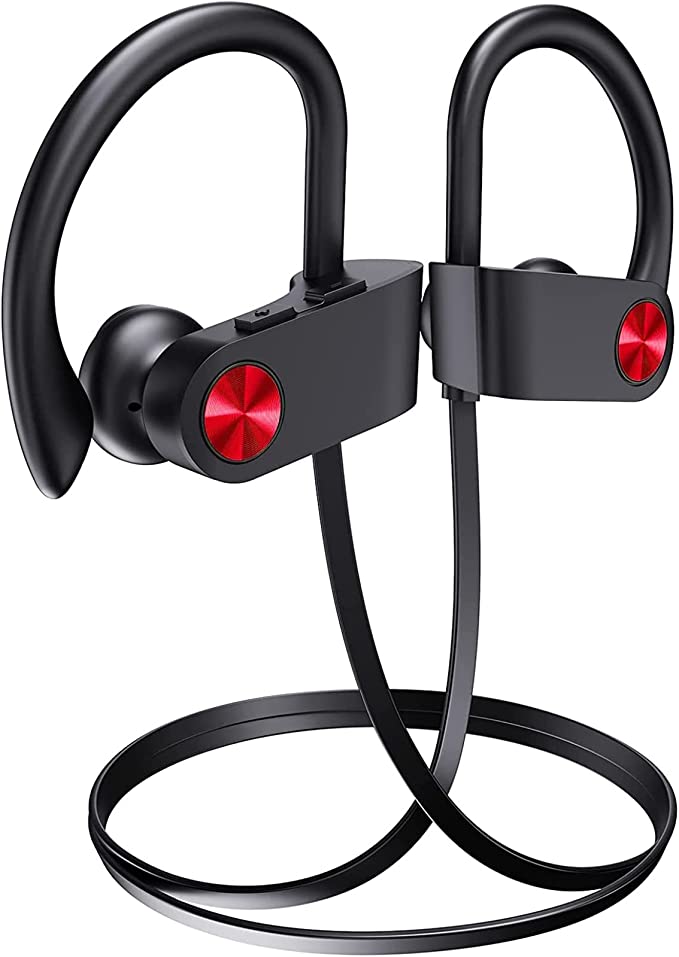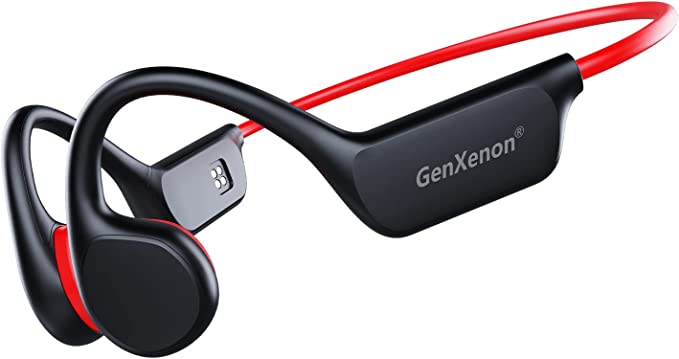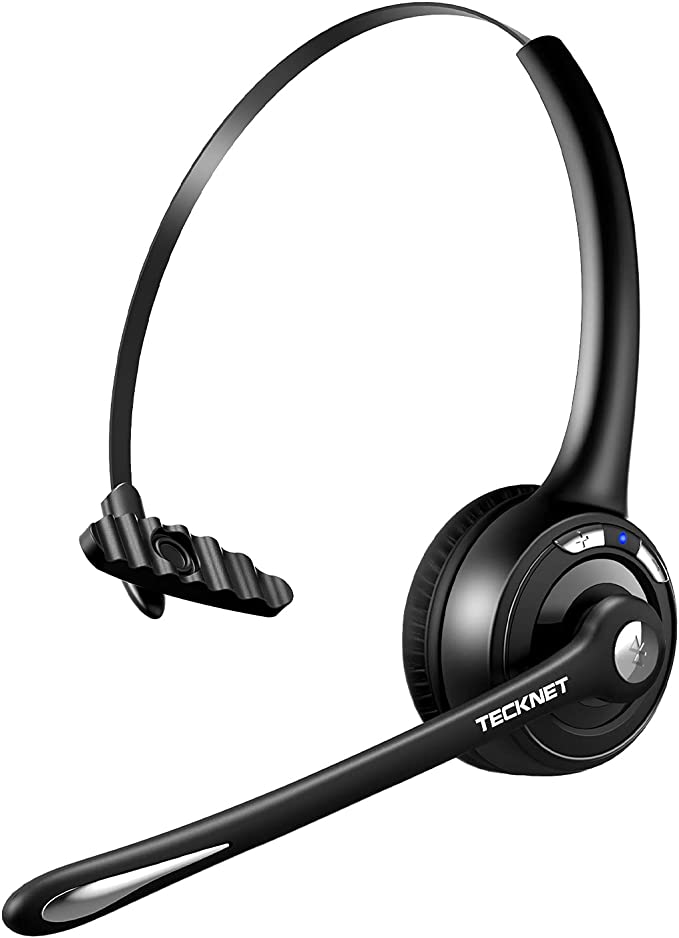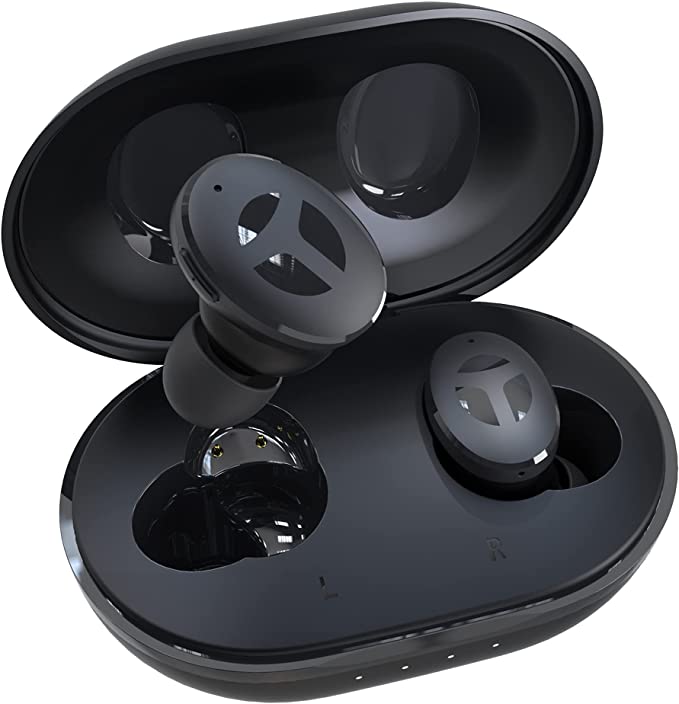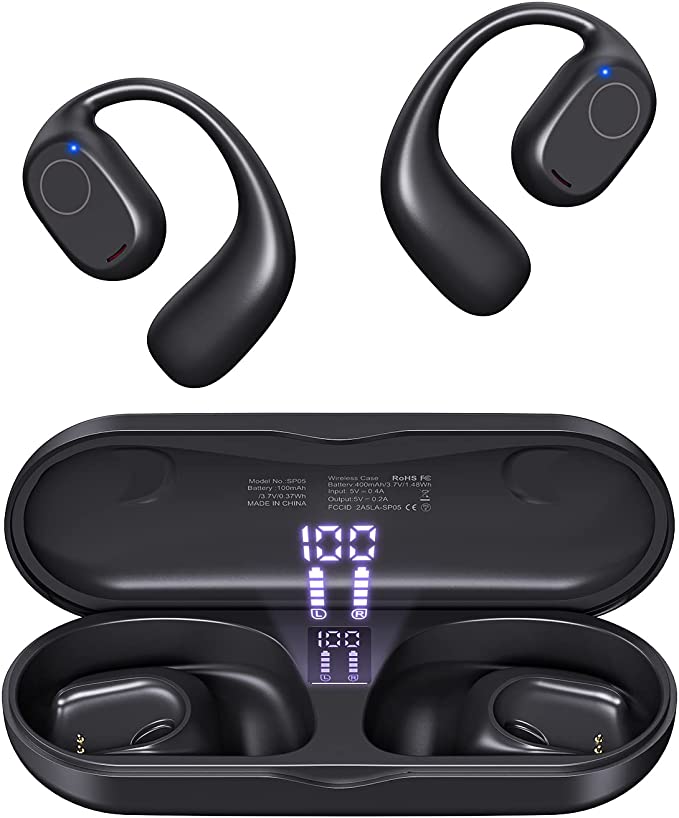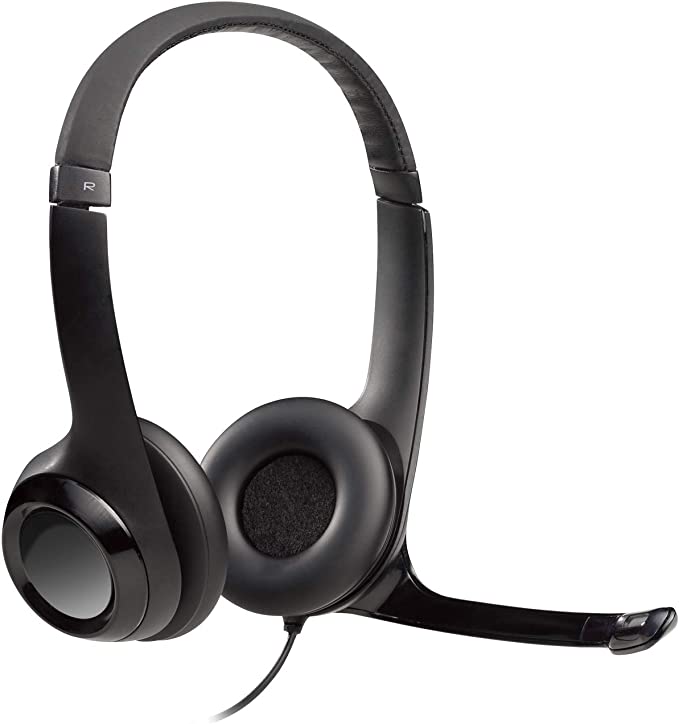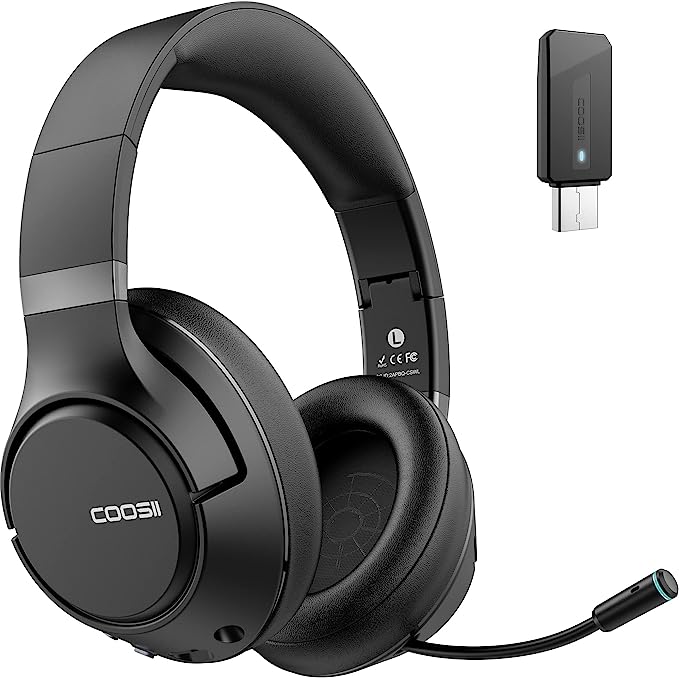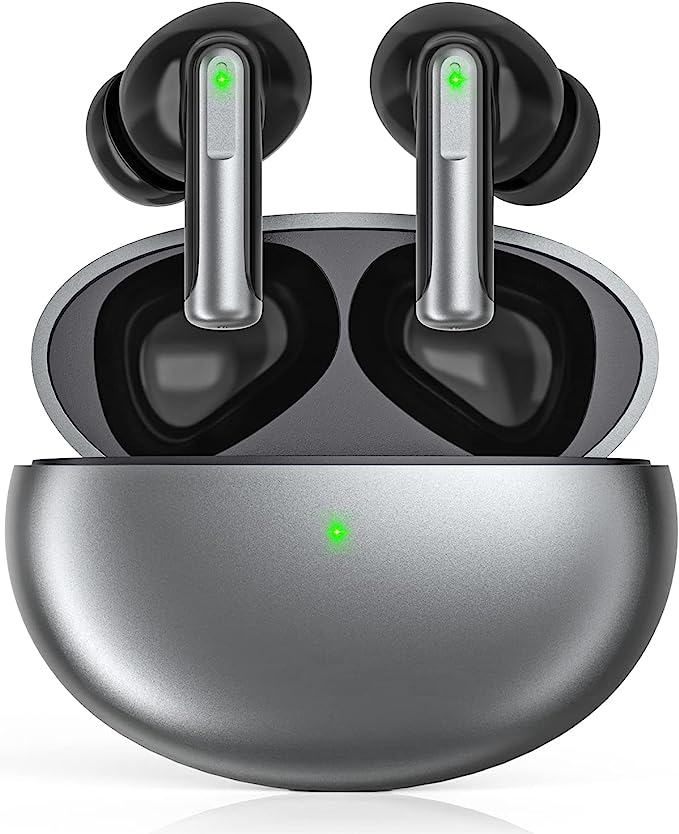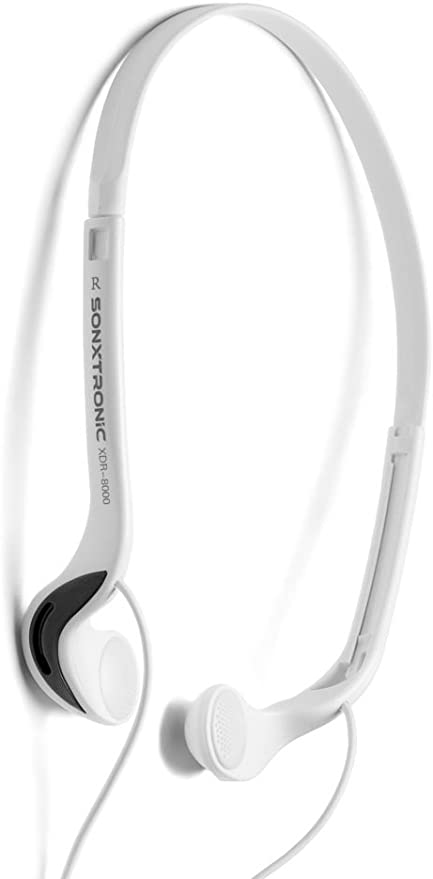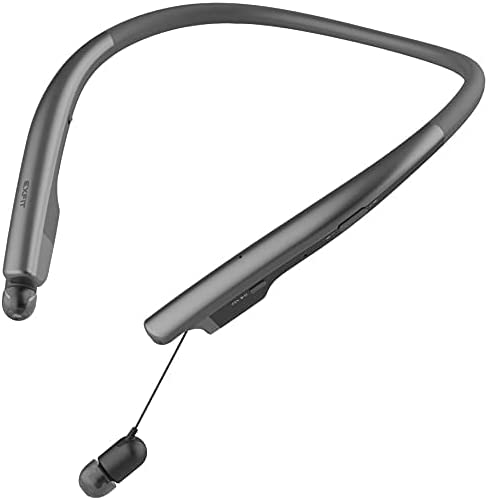The Unseen Symphony: A Tech's Guide to the Whistler TRX-2 & Live Event Radio
Update on July 15, 2025, 11:04 a.m.
As a live sound engineer for over fifteen years, I can tell you the most critical moment of any show isn’t the headliner’s first chord; it’s the hour before the doors open. The air, thick with anticipation, is also saturated with something else: a chaotic, invisible storm of radio chatter.
“Stage right, check your cabling.”
“Security to Gate C, we have a crowd surge.”
“Lighting, standby for sequence five.”
“Where is the runner with the extra batteries?”
This is the unseen symphony of a live event, a cacophony of overlapping conversations from security, lighting, audio, and logistics, all vying for a finite amount of airtime. For the crew, this isn’t just noise; it’s the central nervous system of the entire production. And when it fails—when signals get crossed, messages are missed, or interference cripples a key channel—the whole show can grind to a halt. This is the world of professional RF (Radio Frequency) coordination, and understanding it is no longer optional. It’s a core skill. To do it right, you need a tool that can listen to everything, make sense of the chaos, and give you control. You need a professional-grade digital scanner.

The Physics of the Airwaves: A Crash Course for the Roadie
Before we can manage the storm, we have to understand the medium. Everything from your wireless guitar pack to the security chief’s handset operates on radio waves, but not all waves are created equal. In the event world, we primarily live in two domains: VHF and UHF.
Think of VHF (Very High Frequency, roughly 30-300 MHz) as the bass bin of your RF system. Its longer wavelengths are great at traveling long distances and bending around large obstacles. This makes it ideal for outdoor festivals, where you need to coordinate parking staff across a massive field or communicate with teams at a perimeter fence a mile away.
UHF (Ultra High Frequency, roughly 300 MHz to 3 GHz), conversely, is the high-end tweeter. Its shorter wavelengths are fantastic at penetrating walls, steel, and concrete, making it the king of indoor arenas and complex backstage environments. This is the domain where most of your critical show elements live: wireless microphones, in-ear monitoring (IEM) systems, and the intercoms connecting the stage manager to the crew. The antennas are smaller and less obtrusive, but the signals are more line-of-sight dependent.
A professional scanner must be fluent in both. The Whistler TRX-2, for example, has a receiving range that spans from 25 MHz all the way to 1300 MHz, giving you a complete picture of the entire RF stage, from the lowest rumbles of VHF to the sharpest transients of UHF.
The Evolution of Chatter: From Analog Shouts to Digital Whispers
Not long ago, event communication was a free-for-all on analog walkie-talkies. Everyone was on one of a handful of channels, shouting over each other. It was messy, insecure, and inefficient. Today, any large-scale production has migrated to digital trunked radio systems, with DMR (Digital Mobile Radio) being the de facto standard for commercial and event use.
The leap to digital wasn’t just about clearer audio. It was about sophisticated engineering to solve the problem of congestion. The core technology in DMR is TDMA (Time-Division Multiple Access). In simple terms, TDMA slices a single radio frequency into two distinct time slots. This allows two separate conversations to happen on the exact same frequency simultaneously, without interfering with each other. It instantly doubles a frequency’s capacity.
Furthermore, digital systems introduce a concept called a “Color Code.” It’s a digital flag (a number from 0-15) that a radio must have to join a conversation. This means you can have the lighting team on a channel using Color Code 1, and the audio team on the very same frequency using Color Code 2, and neither will hear the other. It’s a fundamental layer of organization that prevents crosstalk. But to an old analog scanner, this rich, layered digital world is just an unintelligible buzz.

The Conductor’s Console: Decoding the Symphony with the TRX-2
This is where a modern tool like the Whistler TRX-2 transitions from a passive listener to an active production console. It’s engineered not just to hear frequencies, but to understand the complex protocols running on them. For the event professional, its features map directly onto the workflows we use every day.
Its ability to decode unencrypted DMR, alongside other standards like P25 (used when coordinating with local police or fire), means you can translate that digital buzz back into clear, intelligible voice. But its real genius lies in how it helps you manage it all. I’ve stopped thinking of it as a scanner and started thinking of it as my radio mixing board.
The “Object-Oriented” programming at the heart of the TRX-2 is the key. Forget banks and channels. Every talkgroup—“Security Dispatch,” “Stage Management,” “Medical Team”—is an object. You can then assign these objects to any of 200 “Scanlists.” In my world, these are my VCA groups. I create a “Security” scanlist, a “Logistics” scanlist, and a “Production” scanlist. When a crisis hits and I need to focus only on the security net, I can instantly mute the other lists, effectively “soloing” the critical channel. This ability to instantly filter the noise and isolate the signal is invaluable.
Before the show, the Spectrum Sweeper becomes my go-to diagnostic tool. It’s a high-speed search function that sweeps the airwaves for active transmissions. I use it during setup to perform an RF site survey, hunting for rogue wireless devices or unexpected sources of interference that could cripple a CEO’s wireless lapel mic later that day. It’s the first line of defense in keeping your own wireless systems clean.
And after the show? The TRX-2’s ability to record hours of audio onto its SD card is perfect for a post-mortem debrief. If there was a technical failure or a security incident, I have a time-stamped log of every relevant communication. We can review exactly who said what and when, allowing us to refine our procedures for the next event. It’s accountability and a training tool, all in one.

Conclusion: Hearing the Whole Performance
In the world of modern live production, what you can’t see and hear can absolutely bring your show to its knees. The radio spectrum is an environment as critical as your audio signal chain or your lighting rig. A flawless performance is a testament not only to the music the audience hears, but also to the flawless execution of the unseen symphony of radio waves happening backstage. The ability to monitor, understand, and manage that symphony is what separates the prepared professional from the hopeful amateur. A powerful, protocol-agile tool like the Whistler TRX-2 is your key to a front-row seat.





